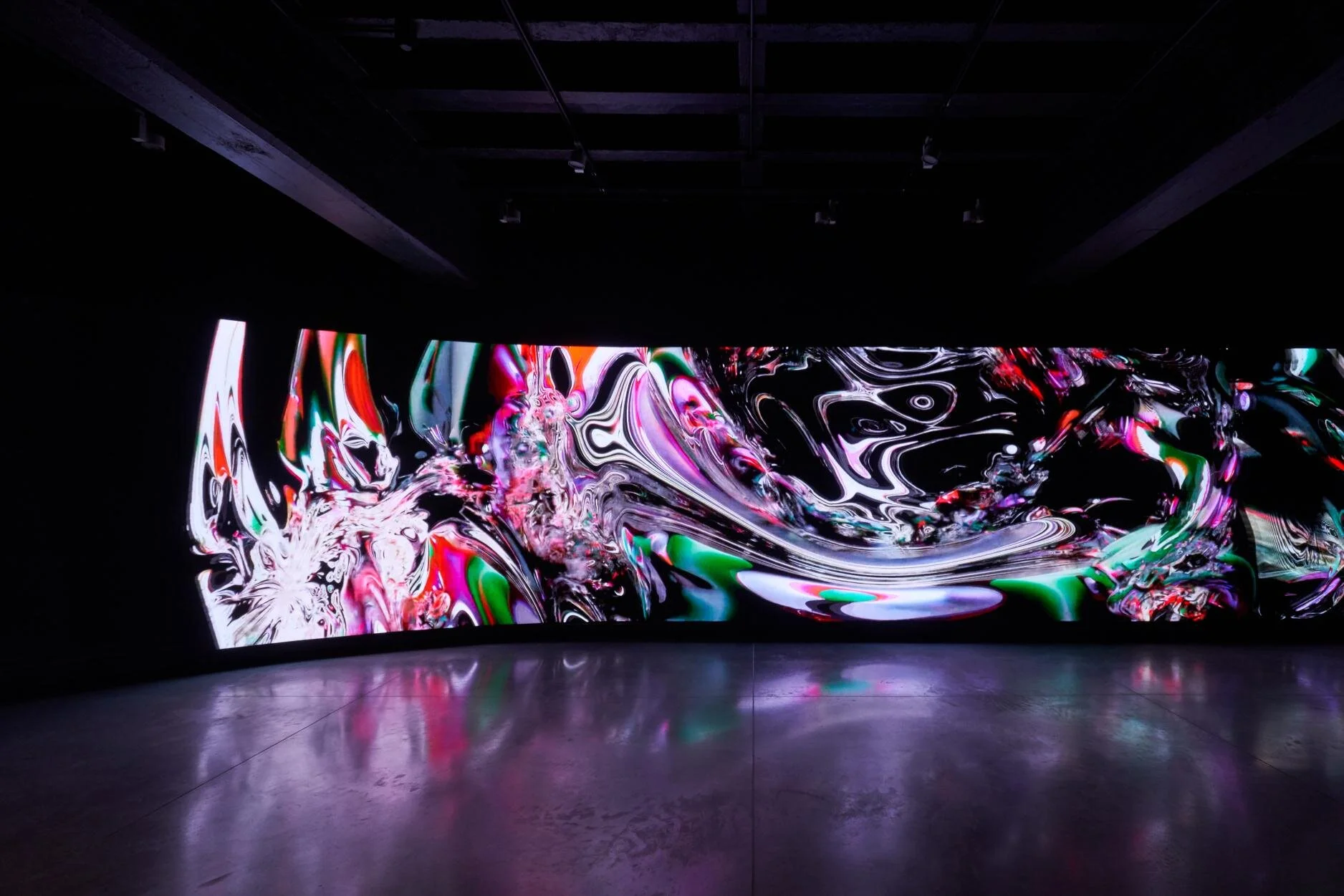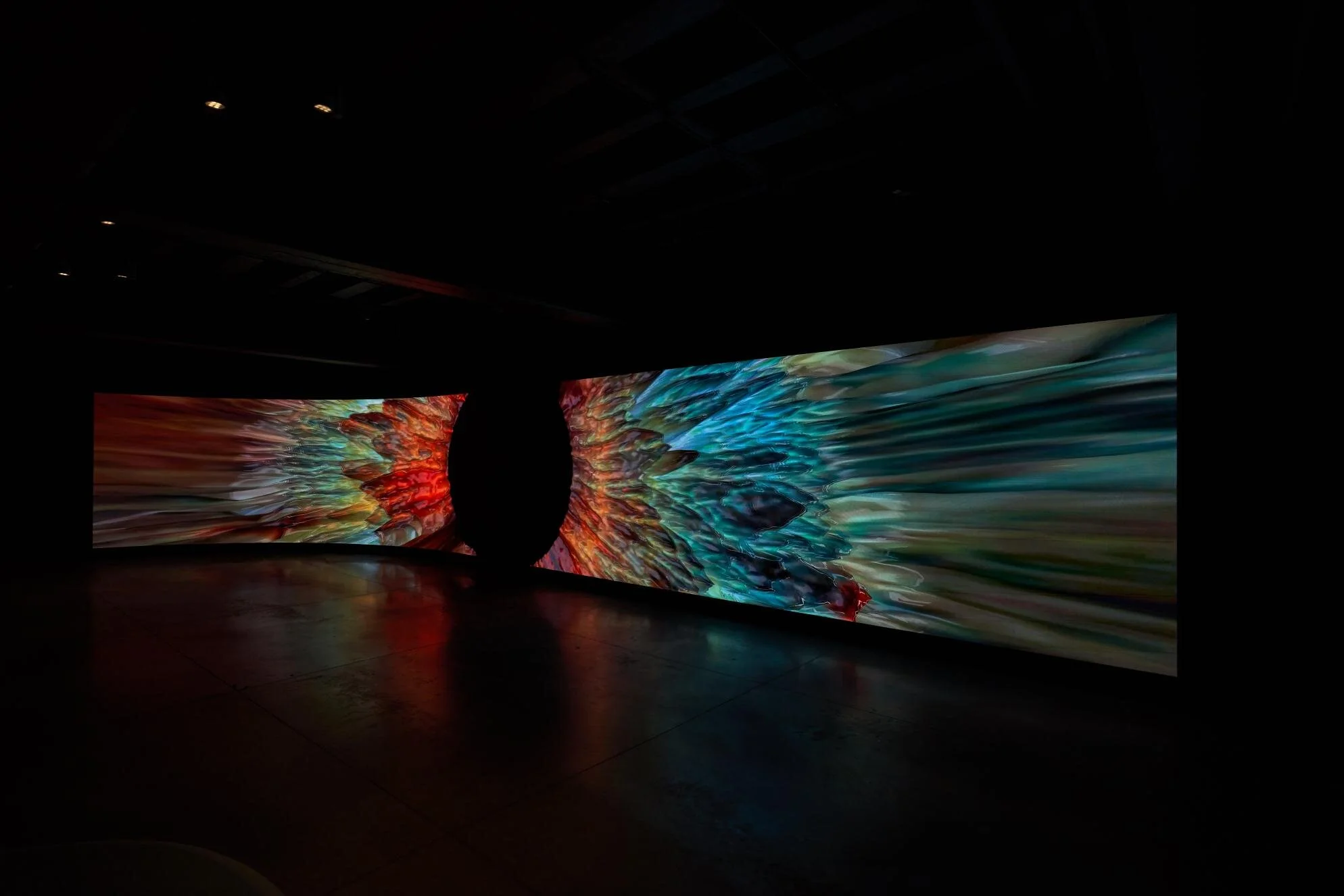张文心
The Inorganic Mysteries
无机者的秘仪
The Inorganic Mysteries
8K animation with sound, 08:31
2019
The Inorganic Mysteries utilizes algorithmic 3D modelling and physics-based rendering to portray a moving scroll of the mysterious rituals that belong to the inorganic beings. Departing from the cyber city which is a metaphor of the binary matrix, through an apparatus that resembles an iris, an unenlightened inorganic being communicates with an inorganic medium who has craccked the hard problem of consciousness*. By means of a progressively fractalizing and realizing visual trip, the inorganic being eventually obtains the phenomenal experiences. However, in the end, everything vanishes on the screen. The Inorganic Mysteries is inspired by numerous religious rituals as well as myths and legends, including the Eleusis Mysteries from the ancient Greek, the Mandalas from Buddhist art, as well as the story of Chaos and meditation techniques from Taoist classics. Meanwhile, in the process of building 3D models of The Inorganic Mysteries, I refer to the different perspectives on exploring the issues of concioussness from various fields, including the research on neural networks from the fields of cognitive neuroscience and artificial intelligence, the research on waves and frequencies from the field of sound studies, the depiction of psychedelic states from different subcultures, etc..
*The hard problem of consciousness is the problem of explaining how and why sentient organisms have qualia or phenomenal experiences—how and why it is that some internal states are felt states, such as heat or pain, rather than unfelt states, as in a thermostat or a toaster.
Music from WANG Chenhuai and YU Jing
With support from ZHU Jinkun and ZHU Changquan











